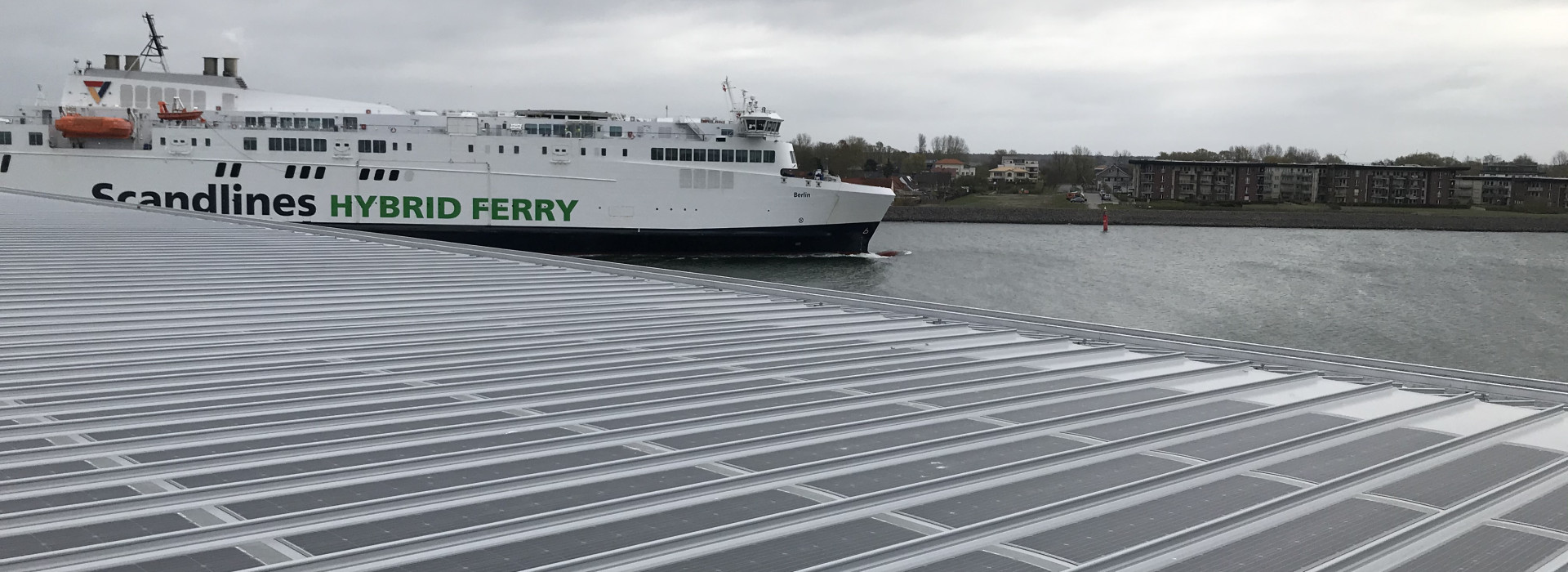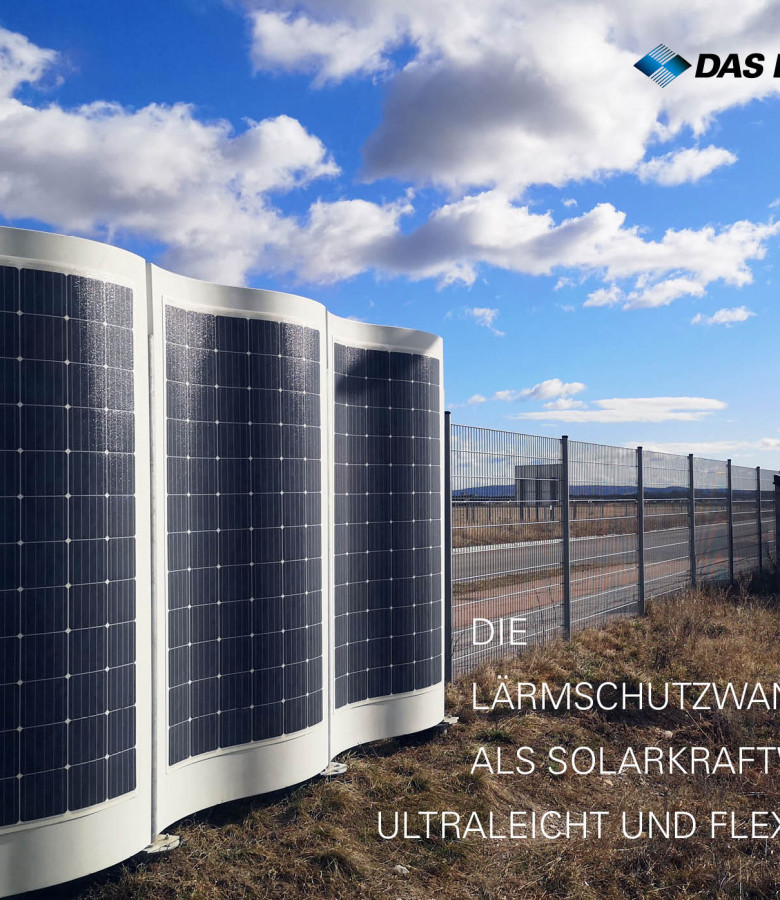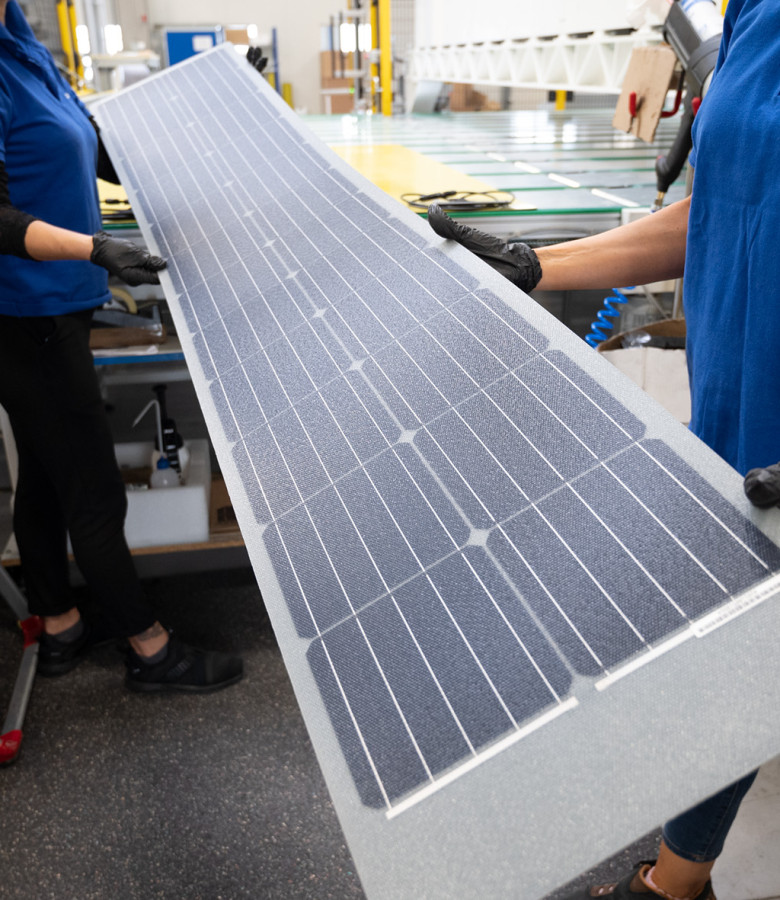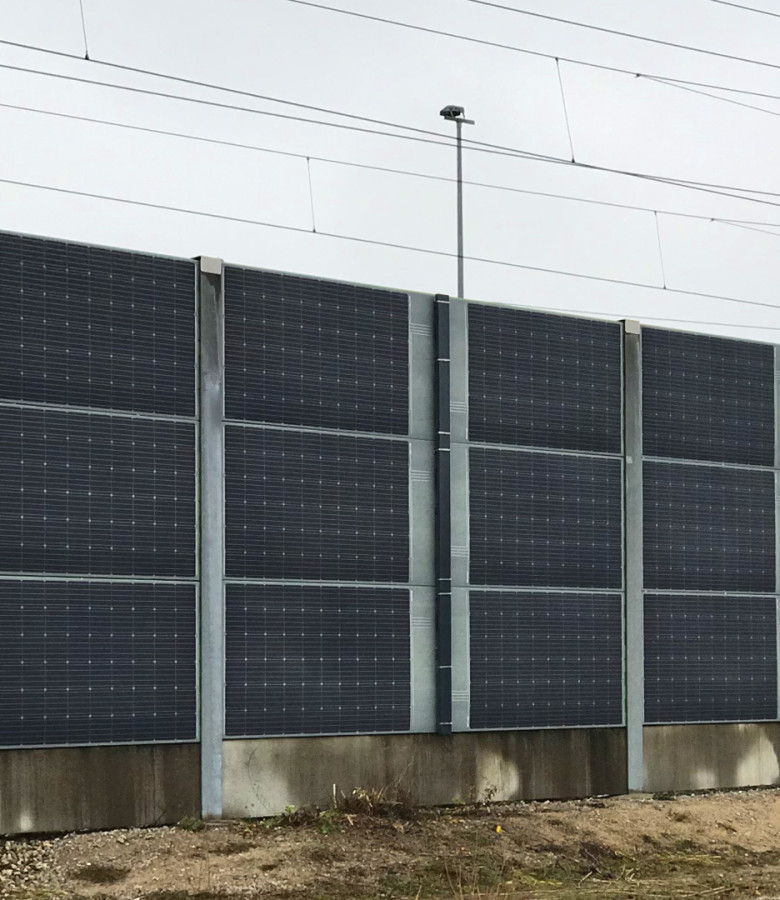
Rostock harbor relies on DAS Energy PV modules
DAS Energy Modules guarantee a permanently high level of energy generation even for locations with high salt and ammonia gas concentrations.
A port building in Rostock took advantage of this in February 2020. 360 ultra-light DAS Energy PV modules were installed on the roof of a building in the port of Rostock. In addition to their light weight, DAS Energy PV modules have other advantages for regions with harsh weather conditions.
Already since 2016: Salt spray corrosion certification for DAS Energy PV modules
Conventional PV glass modules in coastal regions have an increased risk of salt spray corrosion. The consequences are a drop in performance and increased maintenance costs for the PV system. Various components of the system, such as metal frames, can rust from the damp salt air and must be replaced.
DAS Energy PV modules, on the other hand, are glass fiber reinforced. This structure not only ensures light weight (3.3 kg per m²), but also resistance to rough weather conditions - especially in coastal regions. That is why DAS Energy received the double standard salt spray / corrosion certification according to IEC 61701 (severity level 6) from TÜV Nord in 2016.
Minimized area exposed to wind with DAS Energy modules
The type of installation of the DAS Energy Module is a further advantage for windy coastal regions. Because the modules are glued to the metal tracks very easily and without any additional fastening material, they do not offer any surface exposed to wind.
A total of 360 ultra-light universal modules (12x2 of 115 kWp each) on a monocrystalline basis were glued directly to the metal flat roof. The installed module output is 42 kWp. This saves 35,000 kWh and 2,184 kg of CO2 annually. The electricity is mainly produced for self-consumption.




